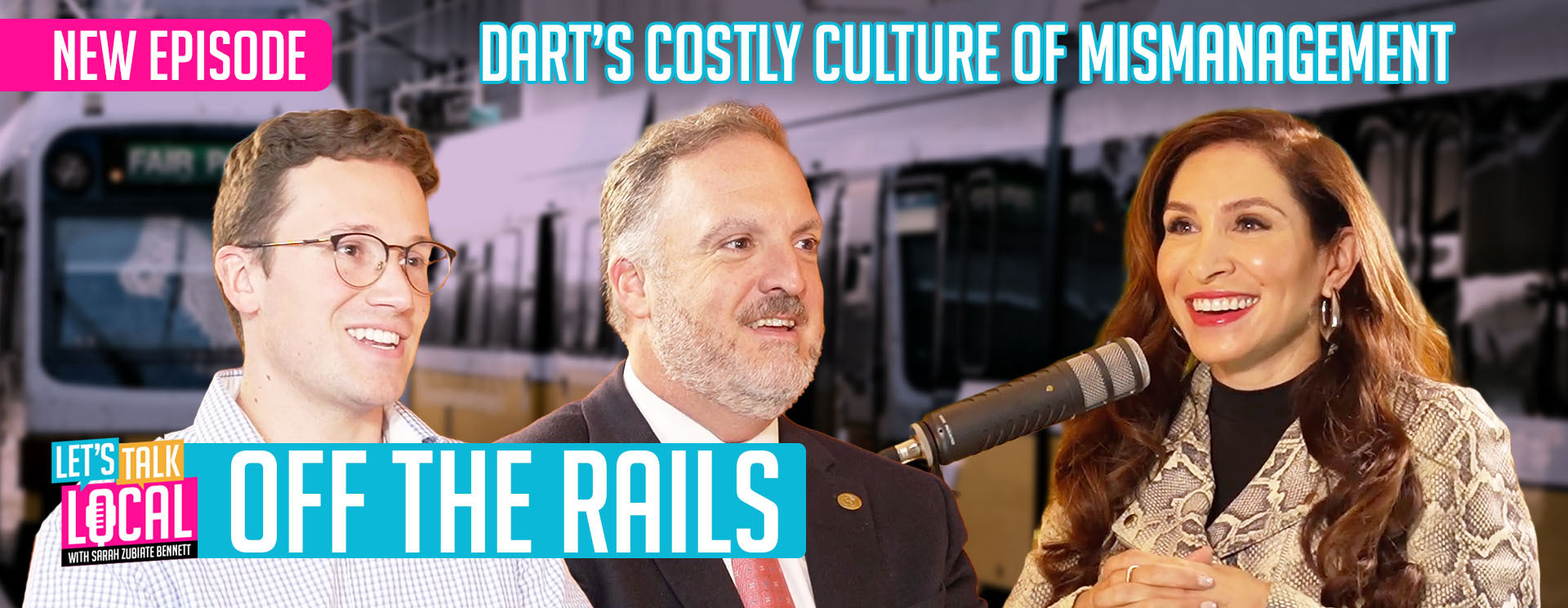Doctors and heart attack survivors are encouraging people to educate themselves on the warning signs of cardiovascular issues and to learn cardiopulmonary resuscitation (CPR) in anticipation of a seasonal uptick in heart attacks.
As previously reported in The Dallas Express, more people die from heart attacks between Christmas Day and New Year’s Day than at any other time of the year, according to research from the American Heart Association (AHA).
“The holidays are a busy, often stressful, time for many of us. Routines are disrupted; we may tend to eat and drink more and exercise and relax less.
“We’re getting too little sleep and experiencing too much stress. We also may not be listening to our bodies or paying attention to warning signs, thinking a trip to the doctor can wait until after the new year,” said AHA’s chief clinical science officer, Dr. Mitchell Elkind, speaking with NBC 5.
“While we don’t know exactly why there are more deadly heart attacks during this time of year, it’s important to be aware that all of these factors can be snowballing contributors to increasing the risk for a deadly cardiac event,” said Elkind.
Seasonal upticks aside, the AHA published a statement on cardiovascular disease last year:
“The global obesity epidemic is well established, with increases in obesity prevalence for most countries since the 1980s. Obesity contributes directly to incident cardiovascular risk factors, including dyslipidemia, type 2 diabetes, hypertension, and sleep disorders.
“Obesity also leads to the development of cardiovascular disease and cardiovascular disease mortality independently of other cardiovascular risk factors.”
With the spotlight on heart health this holiday season, it should be noted that obesity continues to be one of the biggest problems facing the nation, as previously reported in The Dallas Express.
If a cardiac event like a heart attack does occur, the sooner CPR is started, the greater the chance of a person surviving. In fact, the AHA estimates that if CPR is performed early enough, somewhere between 100,000 and 200,000 lives could be saved each year. CPR can double or triple a person’s chances of survival.
For those interested in learning CPR, www.heart.org provides a two-minute video to learn hands-only CPR.
“The whole family can learn how to do it, it’s simple enough to do,” said Elkind.
Hands-only CPR, as opposed to conventional CPR, which requires rescue breaths, is the updated recommendation from previous years.
“We do recommend hands-only CPR now. Because when you press on the chest, you also help to fill the lungs with oxygen, so you don’t need to breathe into the person’s mouth. You can just use hands on the chest to do that,” said Elkind.
A CPR course, which allows for further instruction and certification, can be found here.
Elkind advised, however, to seek medical attention if heart attack symptoms occur, even if they do not seem especially severe at the time.
“Don’t ignore heart attack warning signs because you don’t want to spoil the holidays, the consequences could be much worse,” Elkind said.


